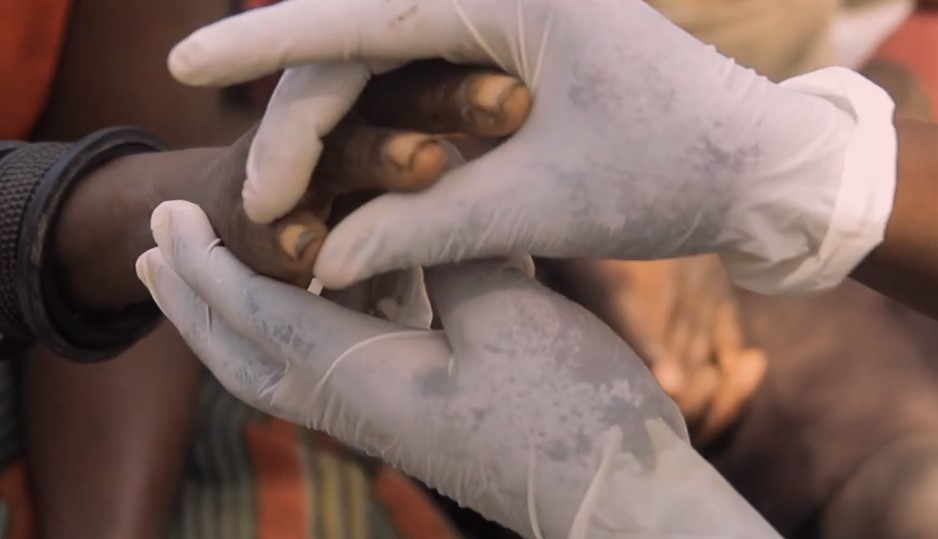Tropical diseases are a group of diseases which are native to or are mainly reported in the tropical and subtropical zones of the world. Among tropical diseases, are group of diseases which are predominant among the world’s poor. These diseases are known as Neglected Tropical Diseases (NTDs). They are a group of diverse highly neglected diseases which commonly affected impoverished communities in the tropical and subtropical regions of the world. It’s estimated that over 1.5 billion people are affected by this group of diseases of which children, women and persons with disabilities are the most affected. When not treated, NTDs cause permanent disabilities, body deformities, reduce economic productivity of affected persons and are often associated with stigma. The World Health Organization (WHO) has prioritized 20 diseases and diseases groups for treatment and prevention. Examples of NTDs include rabies, elephantiasis, soil borne helminthiasis, trachoma, leprosy, Sleeping sickness (human African trypanosomiasis), river blindness (onchocerciasis), Guinea worm disease (dracunculiasis, snake bites, tapeworm infestations, schistosomiasis, leishmaniasis, yaws, scabies and other ectoparasites
Tungiasis (sand flea disease) locally known as Jiggers, is one of the most neglected among all Neglected Tropical Diseases (NTD). The sand flea disease is caused by the penetration of female sand fleas (Tunga penetrans) into the skin, predominantly of the feet. The ensuing inflammation intensifies with each penetrating parasite and flea growth. Bacterial superinfections are almost a constant further increase of the inflammation and cause intense pain. Persistent tungiasis is debilitating, leads to mutilation and disfigurement of the feet, impairs mobility and causes disability in both humans and animals. Mobility impairment and disability together with the reduced merchantability of domestic animals with tungiasis have a deleterious impact on household economics. Tungiasis reduces the quality of life and causes stigma and shame. In affected communities people regard tungiasis as the most important health menace.
A survey performed in September 2019 showed that tungiasis occurs in all communities of Napak district in Karamoja region of Uganda. It was considered the most important health threat by the district health office and local village leaders. A systematic study in three villages revealed an average prevalence of tungiasis of 68.8% in school-aged children. At the time, almost 100% of the households sampled had at least one infected individual and 25 % of pigs were found to be infected.
As in endemic areas patients do not have access to effective and safe treatment, in an act of despair they try to remove embedded sand fleas with inappropriate sharp and non-sterile instruments such as thorns, nails or safety pins. This leads to bacterial superinfections and intensifies inflammation and pain. Such a procedure is a health menace in itself as the non-sterile instruments are subsequently used by several patients. A practice with a high risk for the transmission of viruses such as HIV, Hepatitis B and Hepatitis C virus. In Uganda approximately 1.5 to 2 million people are affected. Children and the elderly bear the highest disease burden.
Innovations For Tropical Disease Elimination has devised innovative treatment that it believes will lead to elimination of tungiasis based on community participation, community empowerment through health education and a One Health Approach. A mixture of two Dimeticone oils previously shown to be highly effective, safe and culturally accepted is topically applied on embedded sand fleas by trained community tungiasis health workers. In the dry season, rounds of treatment are performed every three weeks. In the rainy season, rounds of treatment will be performed less often, every 5-6 weeks. The treatment is applied to domestic animals in an identical manner (One Health Approach). Treatments is combined with continuous health education of community members. The systematic treatment of humans and animals coupled with health education has resulted in interruption of transmission, finally leading to elimination of the disease in the target population.
